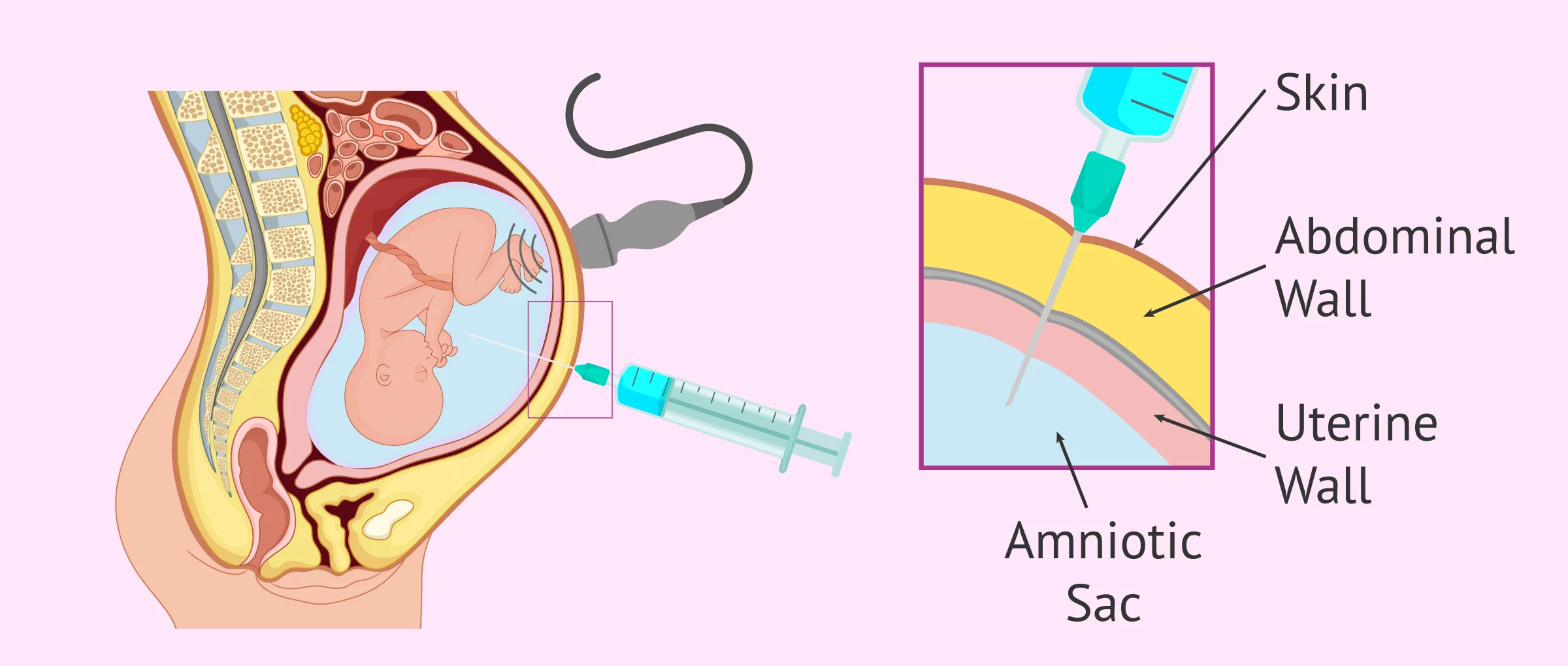Introduction: Navigating Pregnancy Over 35
Pregnancy can be a beautiful journey, filled with joy and anticipation. However, for women over 35, it can also come with its own set of challenges and concerns. One of the most significant decisions you might face during this time is whether or not to undergo amniocentesis. This procedure can provide valuable information about your baby’s health, but it also carries certain risks. Let’s dive deeper into what amniocentesis is, why it’s recommended for women over 35, and what alternatives are available.
Understanding Amniocentesis
Amniocentesis is a medical procedure typically performed between 16 and 22 weeks of pregnancy. During this procedure, a healthcare provider takes a small sample of amniotic fluid surrounding the fetus. This fluid contains fetal cells, which can be tested for chromosomal abnormalities, including Down syndrome and other genetic conditions.
For women over the age of 35, amniocentesis is often recommended due to the increased risk of chromosomal abnormalities as maternal age increases. However, the decision to undergo this test is highly personal and should be based on a thorough understanding of the benefits and risks.
The Benefits of Amniocentesis
- High Accuracy: Amniocentesis offers over 99% accuracy in detecting certain genetic disorders, providing peace of mind for expectant parents.
- Informed Decisions: Knowing the health status of your baby allows parents to prepare mentally and emotionally for any potential challenges.
- Comprehensive Information: The test can also identify other issues, such as neural tube defects, which might not be detected through other screening methods.
The Risks Involved
While amniocentesis is generally safe, it is not without risks. The most significant concern is the possibility of miscarriage, which occurs in about 1 in 300 to 1 in 500 cases. For women with previous pregnancy losses, even this small risk can feel daunting.
Alternatives to Amniocentesis
If you’re uncertain about amniocentesis, there are several non-invasive alternatives to consider:
- Nuchal Translucency Screening: This ultrasound test, usually done between 11 and 14 weeks, measures the fluid at the back of the baby’s neck. It can help assess the risk of Down syndrome and other conditions.
- Non-Invasive Prenatal Testing (NIPT): This blood test analyzes fragments of fetal DNA in the mother’s blood. It is highly accurate and carries no risk of miscarriage. This test can be done as early as 10 weeks into the pregnancy.
Weighing Your Options: Personal Considerations
Choosing whether or not to have amniocentesis involves careful consideration of several factors:
- Personal Medical History: If you have a history of miscarriages or other complications, discuss these concerns with your healthcare provider.
- Family History of Genetic Conditions: If there are known genetic disorders in your family, it might be worth considering amniocentesis.
- Emotional Readiness: Assess your emotional preparedness for the potential outcomes of the test. Consider whether you would want to know if there were any health issues, and how you might react to that information.
Making the Decision
Before making any decisions, it’s essential to have an open dialogue with your healthcare provider. Discuss your concerns, ask questions, and weigh the benefits and risks of amniocentesis and other screening methods.
Conclusion: Empowering Your Pregnancy Journey
Navigating pregnancy over 35 can be both rewarding and challenging. While amniocentesis offers valuable insights, it is crucial to approach the decision with the necessary information and support. Whether you choose to proceed with the test or opt for non-invasive alternatives, remember that the most important thing is to ensure the health and well-being of both you and your baby. Trust your instincts, gather all necessary information, and make the choice that feels right for you.
